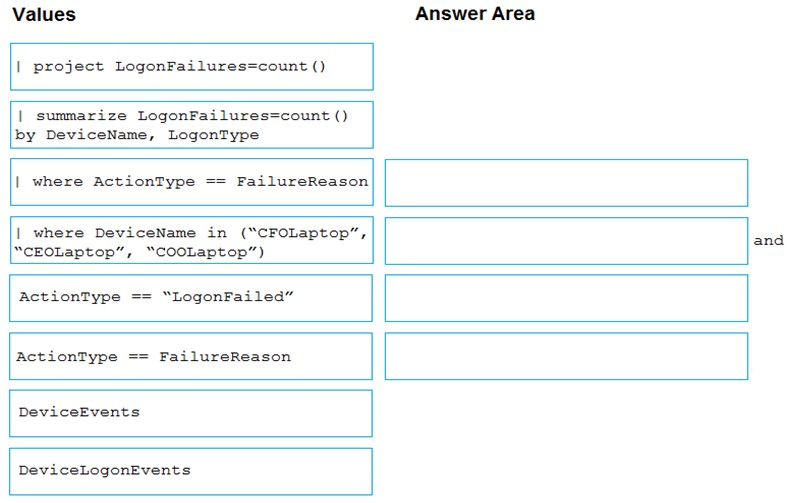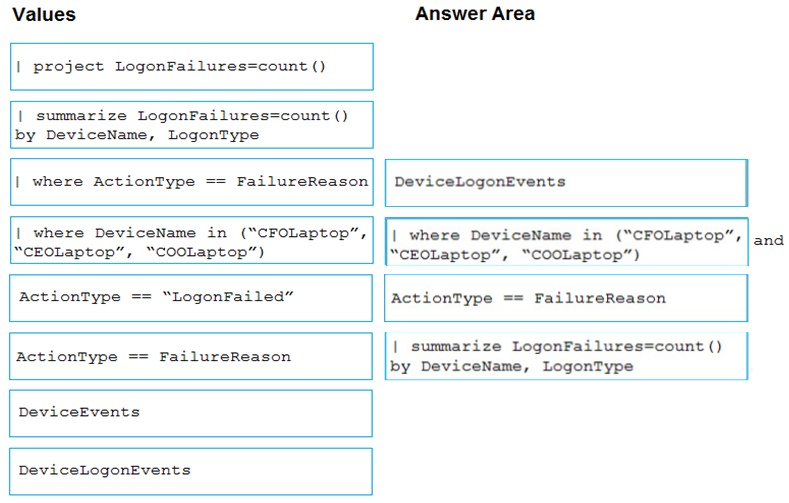Microsoft Security Operations Analyst
Here you have the best Microsoft SC-200 practice exam questions
- You have 304 total questions to study from
- Each page has 5 questions, making a total of 61 pages
- You can navigate through the pages using the buttons at the bottom
- This questions were last updated on May 3, 2025





